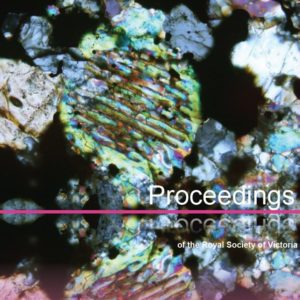On 15 June, 2024 we mark 17 decades of promoting and advancing science in Victoria. From our first days we have worked to develop the knowledge base of communities, governments and industries, and to understand the unique nature of Victoria’s climate, coastlines, landscapes, plants and animals by sharing and exploring expertise in science, technology, engineering, mathematics and medicine (STEMM).
Of all the world’s oceans, the Southern Ocean absorbs the majority of human-generated heat and carbon, helping to slow the pace of climate change and keep our planet liveable. Meanwhile, the vast ice sheets of Antarctica act as an ‘air conditioner’ for our planet, reflecting 50-70% of incoming solar radiation. The Southern Ocean is a ‘natural laboratory’ for vital scientific research, impossible to achieve anywhere else on the planet.
Although economists work to better understand and model the interactions between climate change and the economy, many do not factor in all the latest scientific evidence, disregarding sensitive ‘tipping points’ in the climate system, and overlooking the market impacts of climate-induced hazards such as flooding, wildfires, and extreme heat. We must urgently create bridges between science and finance.
Climate change is a growing threat to human wellbeing, environmental ecosystems, and the entire planet. The alarming warming trends continue and the evidence for human activity driving global change is only becoming stronger. But, while warning of the damage that lies in our future, climate expert Professor David Karoly assures us “we can limit it to avoid complete catastrophe.”
While consumers might express concerns for the environmental impacts of disposable plastic bottles, these do not translate to major changes in purchasing behaviour. In other words, knowing that plastic bottles pollute our environment isn’t enough to stop people buying water in plastic bottles. Without intervention, the popularity of bottled water seems unlikely to weaken.








